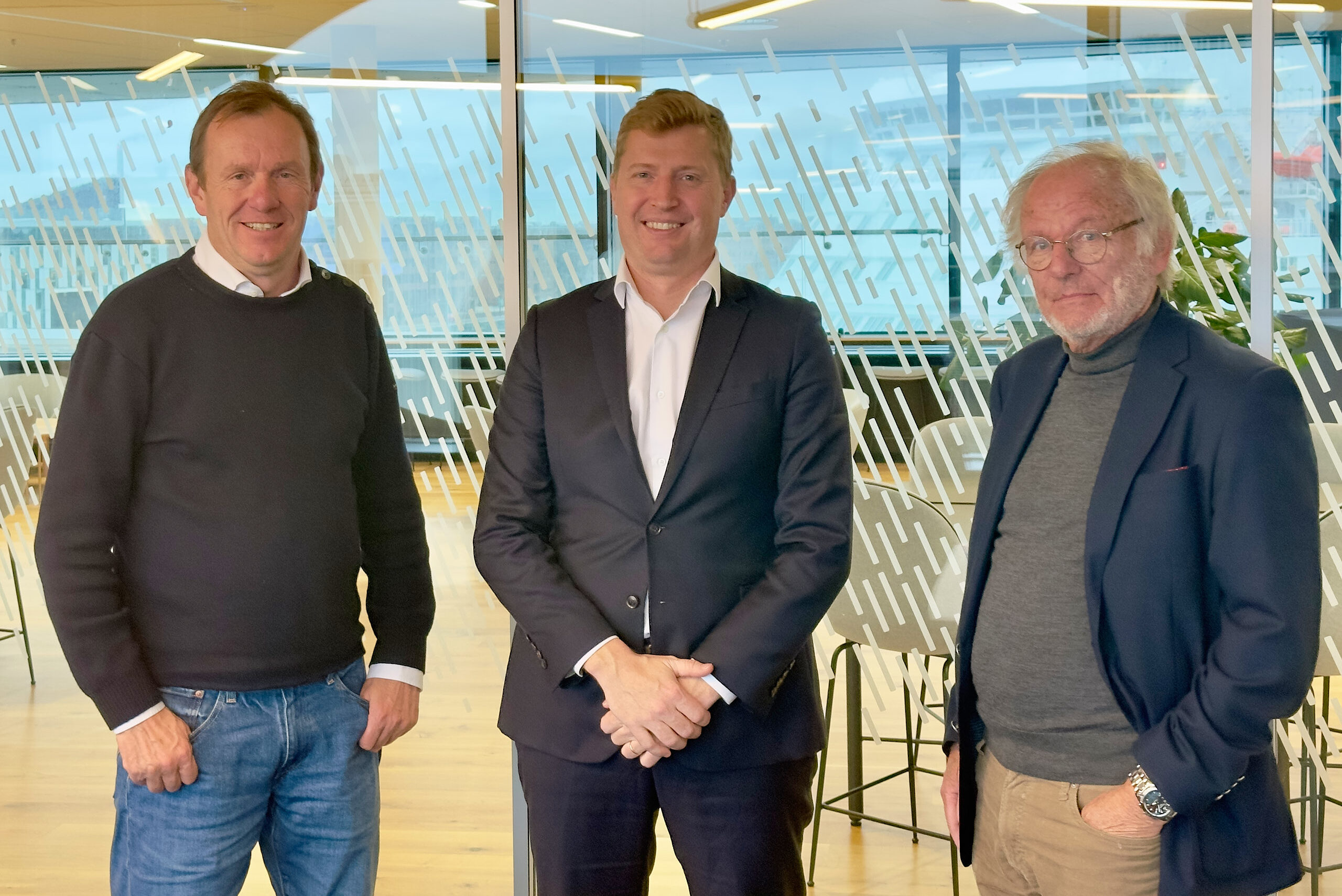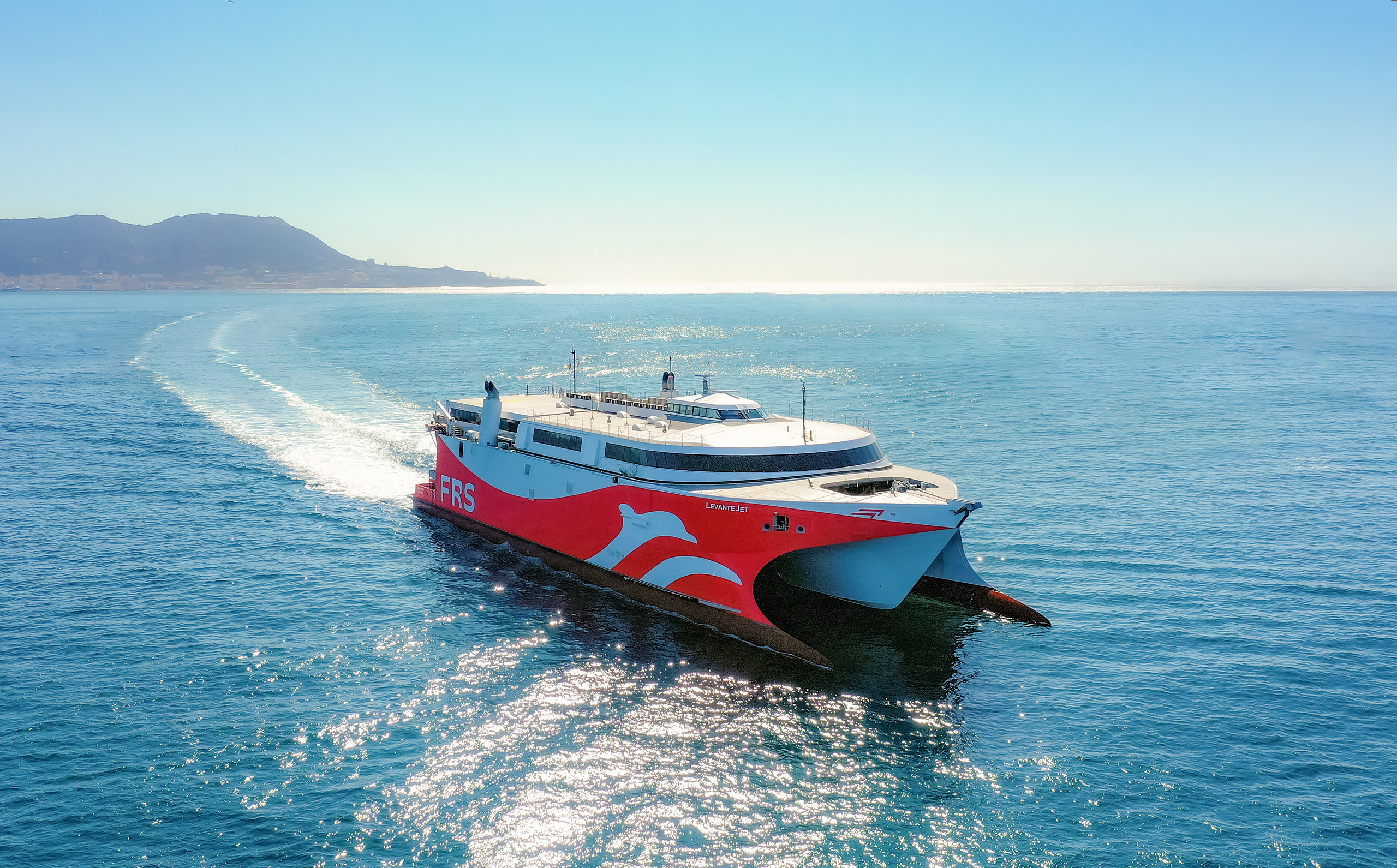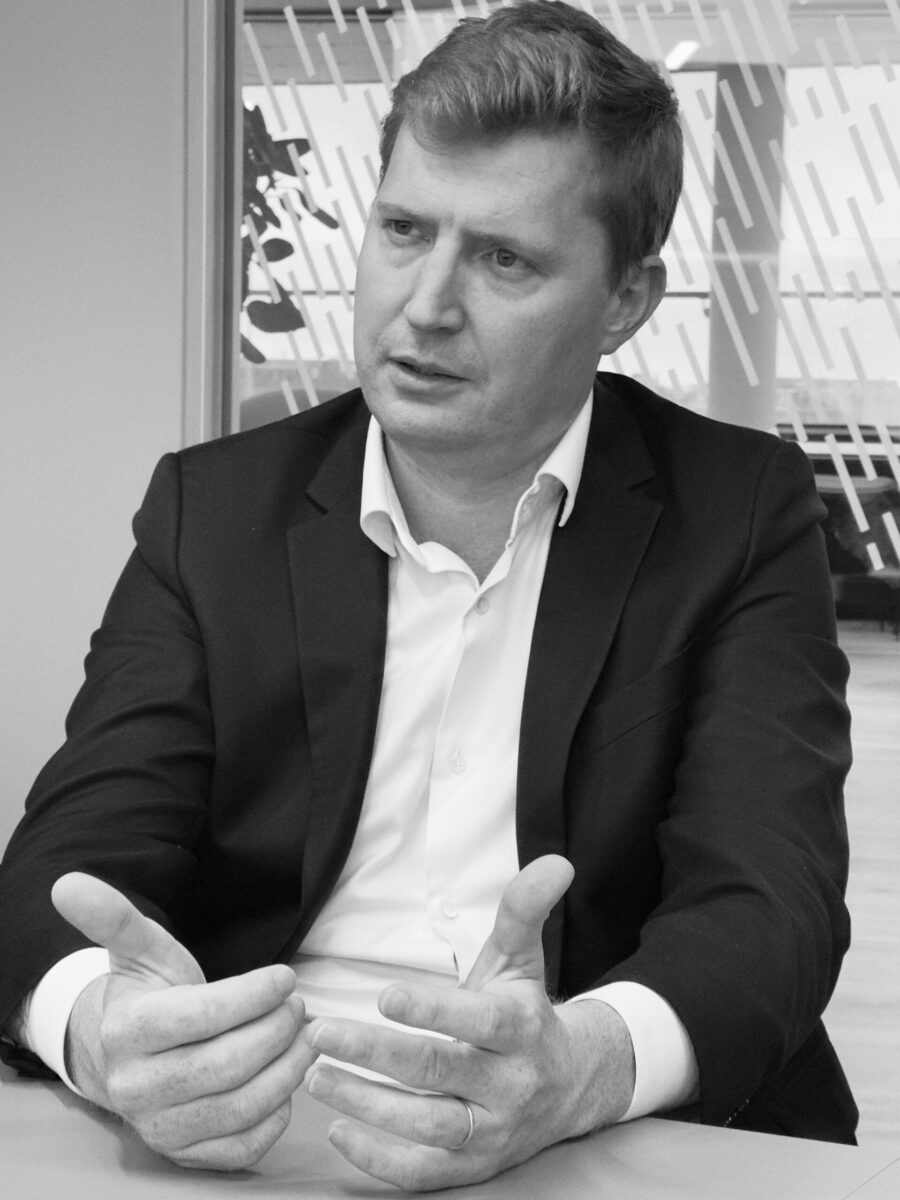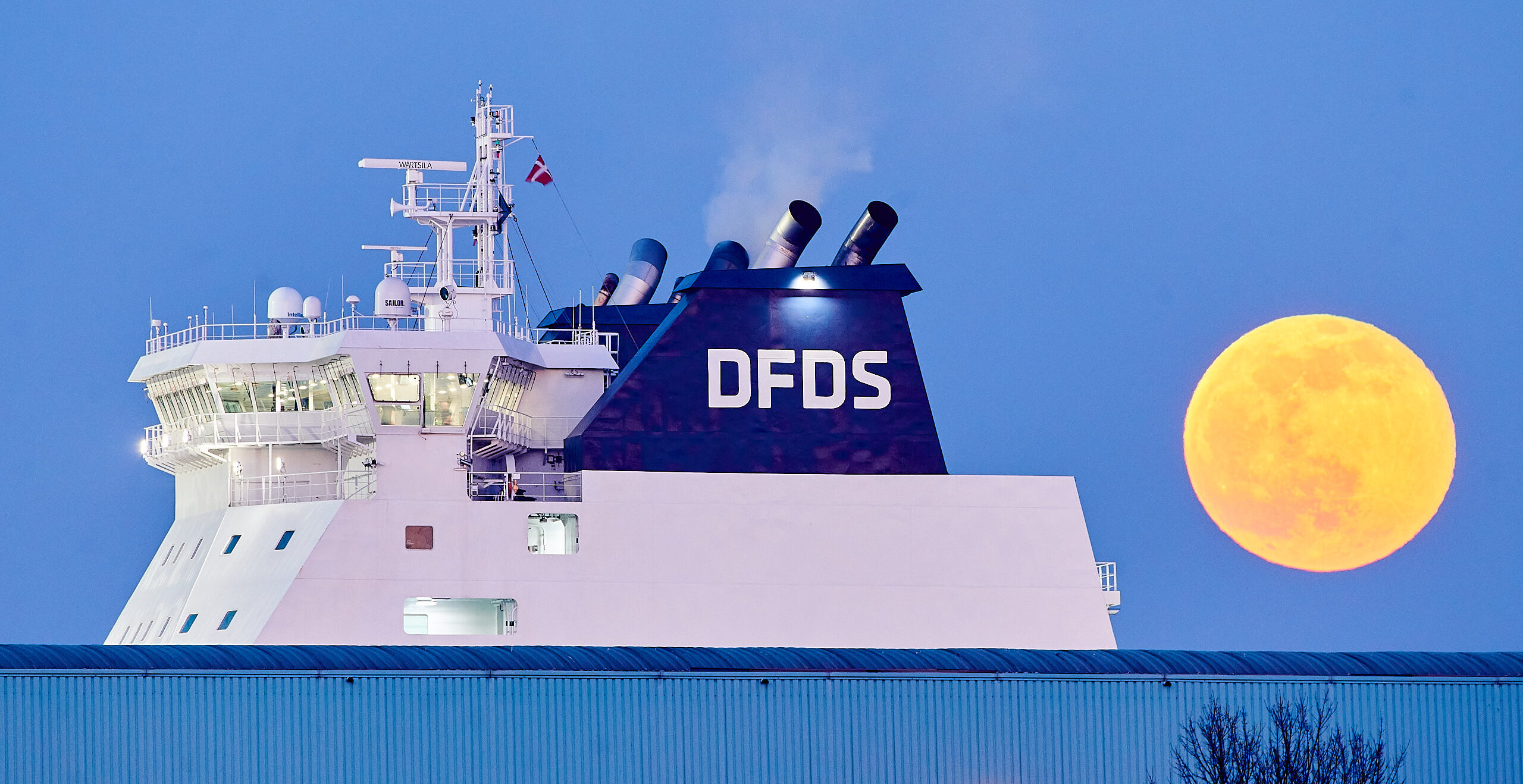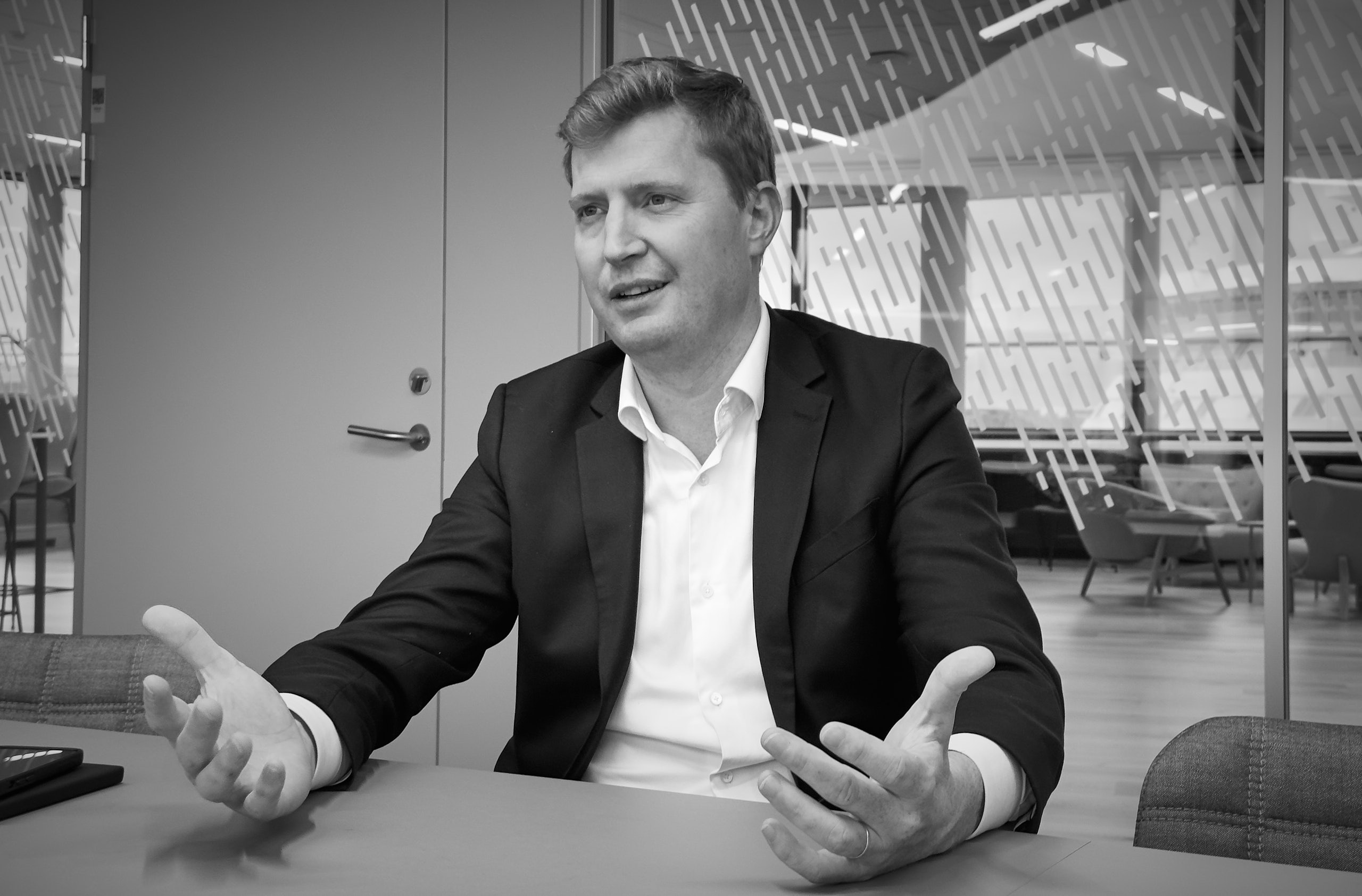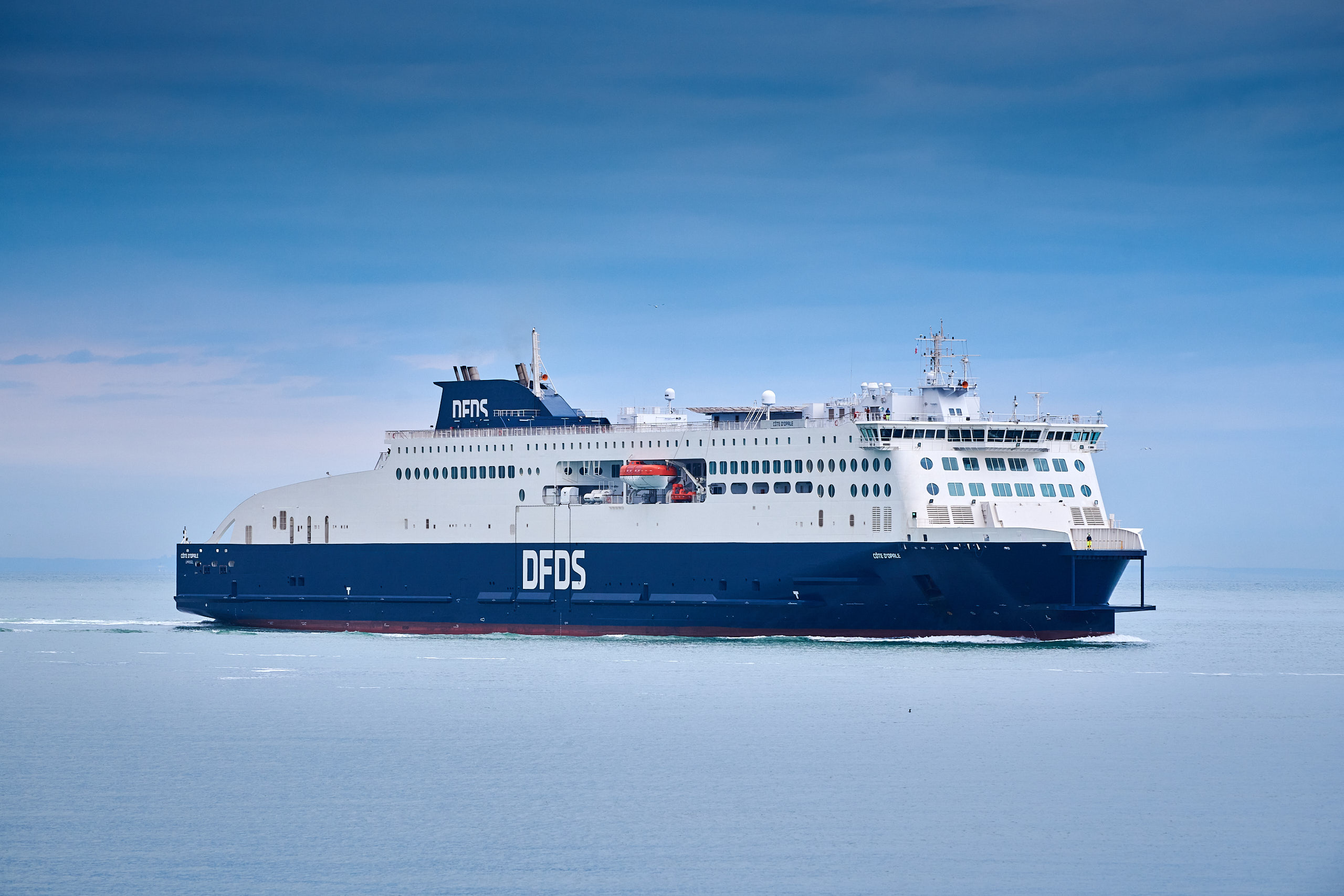If an issue arises, who bears the responsibility?
The business units hold responsibility for addressing such matters. In the case of Business Unit Med, there are specific roles in place, including a Commercial Director and an Operations Director, both reporting to the Head of Business Unit Med.
However, when it comes to fleet strategy or ship-related incidents, things become a bit more intricate. Since last April, we’ve adopted a matrix organization structure. Within this framework, while the business units play a crucial role, we also have specialized functional roles. Catja Hjorth recently joined us and leads the Operations team, overseeing fleet technical aspects, fleet chartering, intermodal operations, sustainability projects, and terminal management.
In addition, we maintain a centralized commercial team, led by our colleague Anders Refsgaard. He oversees marketing, pricing, customer service, and global account sales, particularly to large clients working with DFDS across our network. This centralized commercial function serves as a pivotal point connecting with the various business units.
It’s important to note that while these specialized roles exist, the P&L responsibility remains primarily local. For instance, in the event of an operational issue, the Head of Operations in Business Unit Med would liaise with the fleet chartering team in Copenhagen to secure the necessary support.
Is there an internal charter rate that business units use to cover the operational costs of the ships?
Yes, it’s a standard process. The business units internally pay the charter market rate. The key objective here is to assess the profitability of a specific route by comparing it to the market cost of chartering the vessel.


